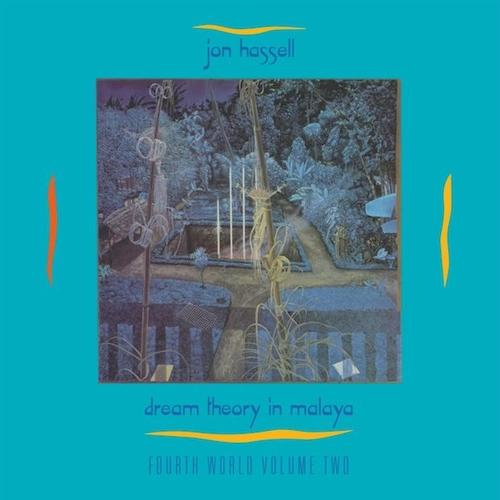 It’s harvest time and the nights draw in and we prepare for the long winter ahead. In a few weeks the warmth of long summer days will be a distant memory and we will count the days down to the sun’s warm return. As much as music becomes something to share at gatherings and festivals during the summer months, it then transforms into a more personal experience within the winter time. Trembling Bells‘ music manages to traverse all these seasons and create a beautiful blend of emotional music.
It’s harvest time and the nights draw in and we prepare for the long winter ahead. In a few weeks the warmth of long summer days will be a distant memory and we will count the days down to the sun’s warm return. As much as music becomes something to share at gatherings and festivals during the summer months, it then transforms into a more personal experience within the winter time. Trembling Bells‘ music manages to traverse all these seasons and create a beautiful blend of emotional music.
“Bells of Burford” starts with an almost Sixties TV action series theme to it, mixed with a bit of Yes-style progressive rock. Lavinia’s vocals soar over a steady guitar riff as the drums fill in behind her. Again the song has an element of Sixties occult darkness to it, especially when building into its atonal lead guitar middle section. This is a freak-out for a tribal gathering of witches who dance around the rune stone, a blistering track with the band firing off on all cylinders and some wonderful haunted organ that underpins the whole piece. “The Singing Blood” is again lighter in tone and has a slight country feel to it, reminding me of some of The Band’s early numbers. The vocal harmonies are sung to perfection and carry the song into another plane altogether.
Drums kick in “Miserichord”, which is the kind of track that would have you dancing around your local venue to its almost jig-like nature as the music rolls along and reminds me of Fairport during their House Full era. The album ends with the deep bass and organ throb of “I Is Someone Else”, a kick out the jams occult-sounding rocker with a melody and riff to kill for. Lavinia’s vocals are beautiful and crystal clear as she intones what sounds like a tale of woe over the top. It’s a big-sounding epic that sends the album off into a wonderful psyched-out, spiralling ending that gets you shaking your hair in true Seventies style to a big bang finish for a tremendous album.Well, this is certainly at times a darker Trembling Bells than I’ve heard before, and I like it. Their love of folk and Sixties psychedelia can still be heard within its grooves, but I really am impressed with their new way of writing songs and giving those compositions that dark forest edge to them.
-Gary Parsons-



